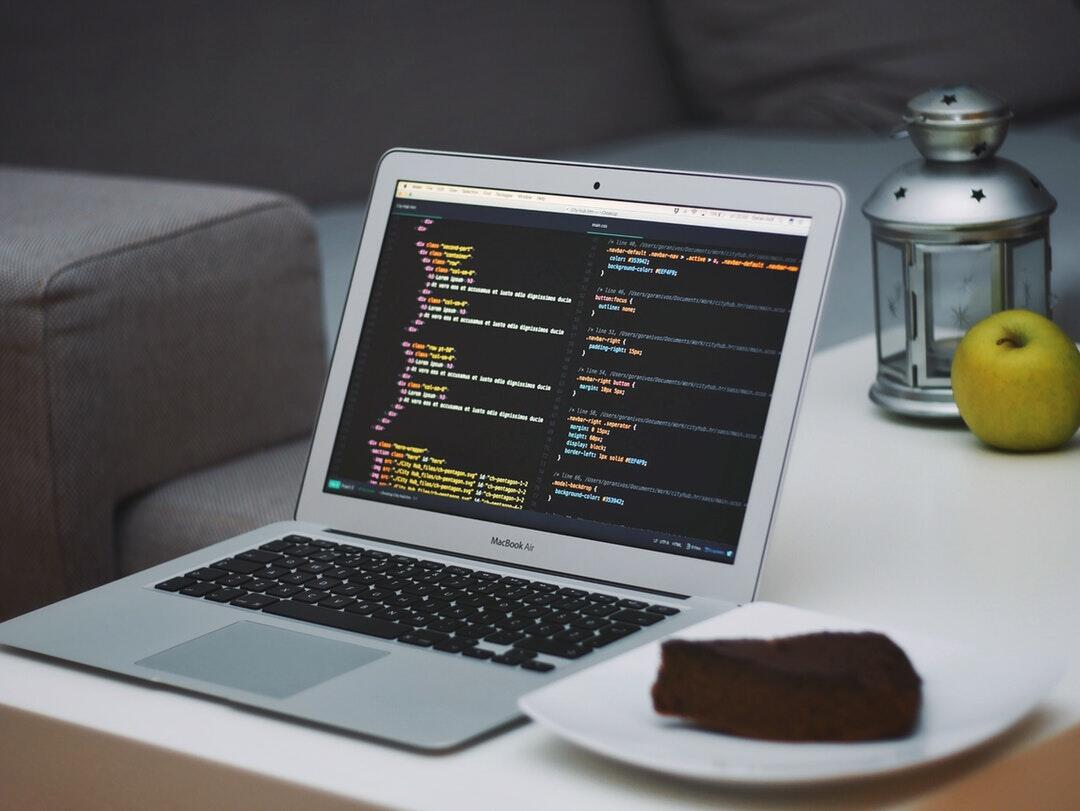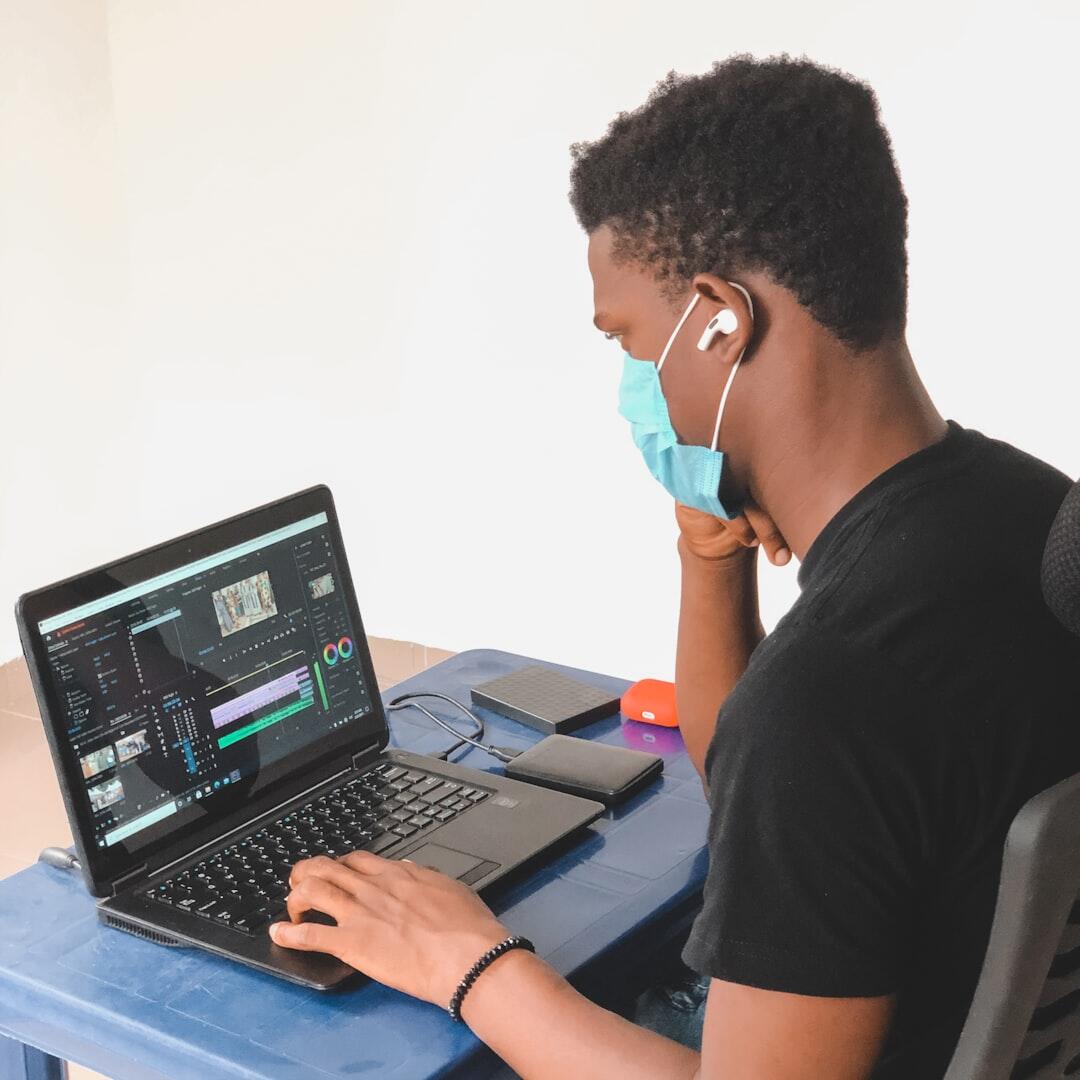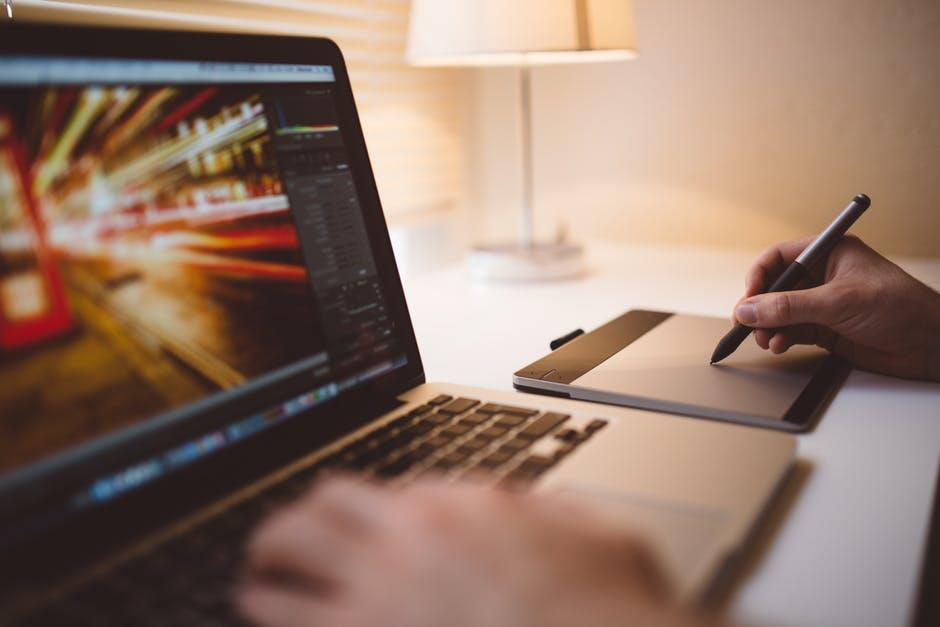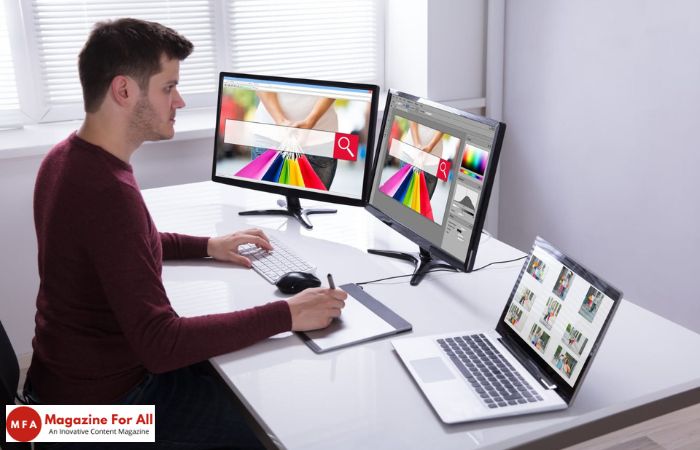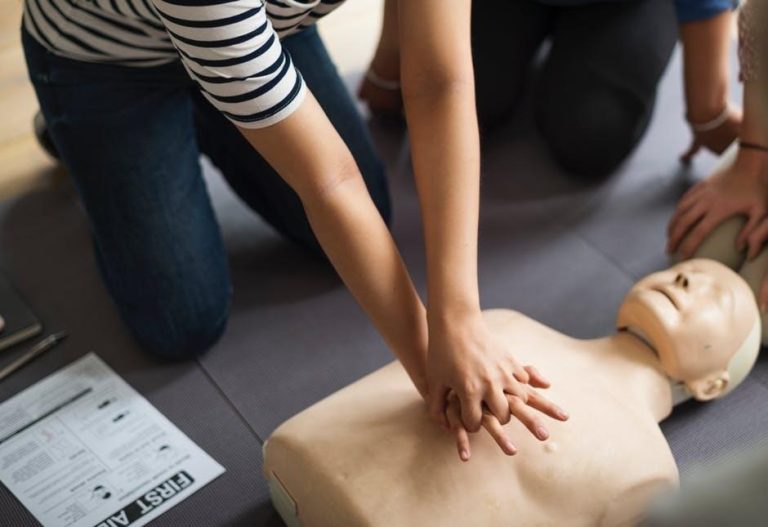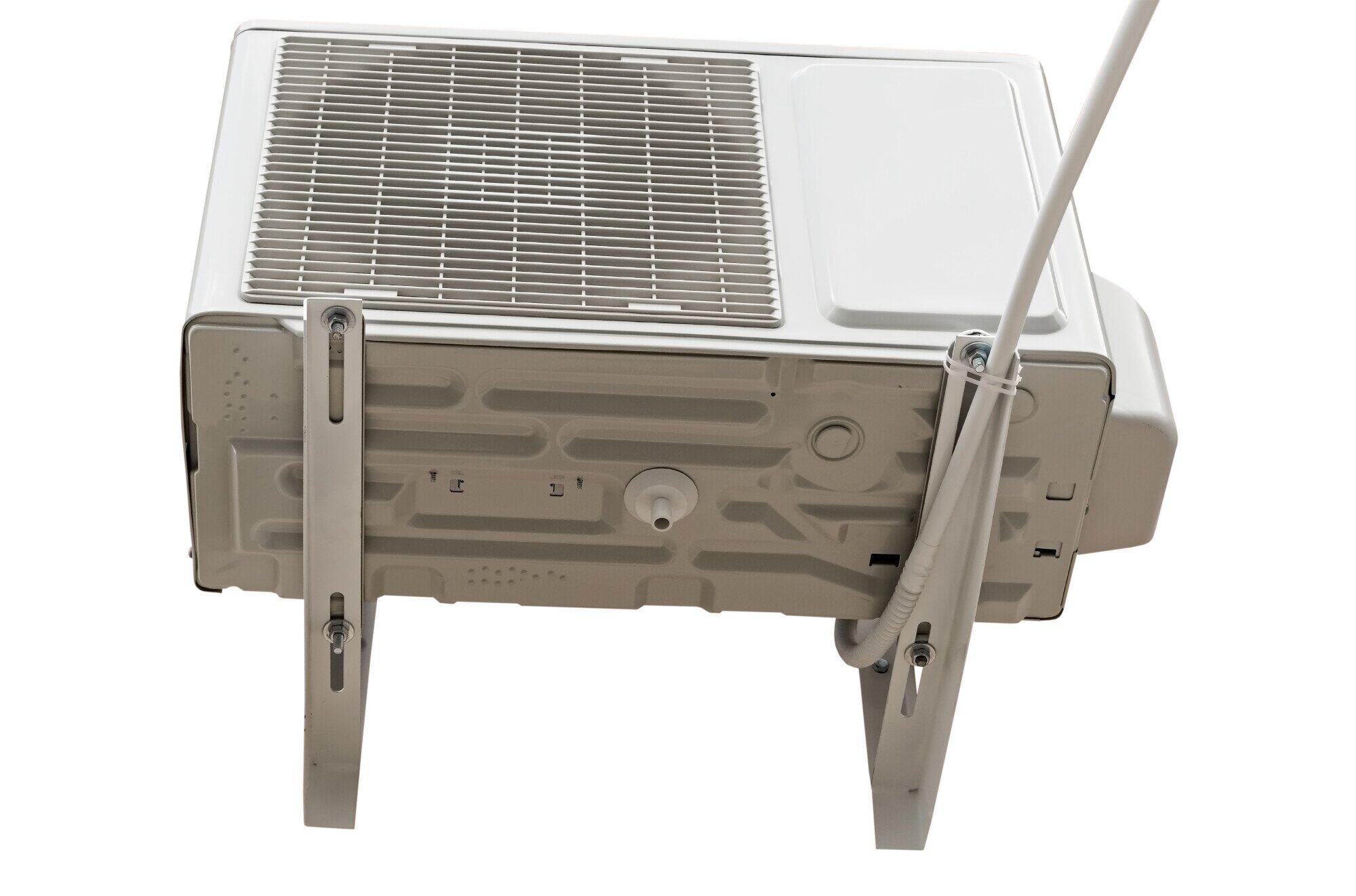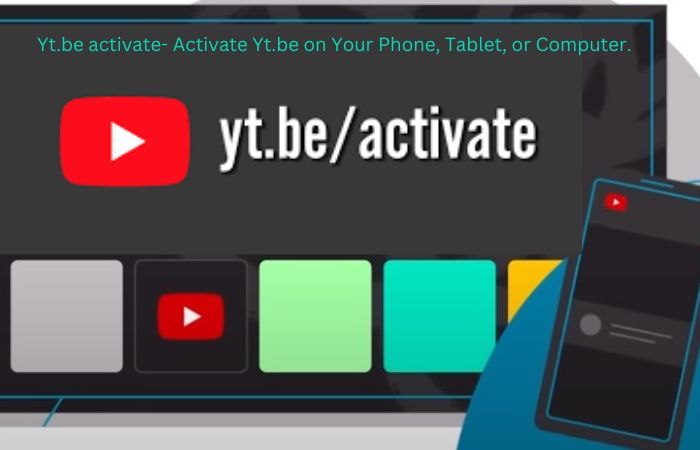Have you ever wondered how to take your electronic drumming from simple practice sessions to a confident live performance? Many new drummers feel unsure about how to bridge the gap between learning beats and performing them with energy and style.
The good news is that mastering electronic drums doesn’t have to be complicated. With the right techniques, habits, and tools, anyone can grow from a beginner to a skilled performer. In this blog, we’ll explore practical steps to make your electronic drumming journey smooth, fun, and rewarding. Let’s turn your practice time into real stage power!
Set a Regular Practice Routine
A consistent practice schedule helps you improve faster than random, long sessions. Choose a specific time each day or week to focus only on drumming. Even fifteen or twenty minutes of focused practice can bring better results than an hour of distracted playing. Treat your practice like a daily habit, just like brushing your teeth or exercising.
Make sure your practice area is ready before you start. Adjust your seat, pedals, and sticks so you can play comfortably. Keep your drum module, cables, and pads in working condition to avoid distractions. Over time, you’ll notice smoother rhythms and stronger coordination between your hands and feet.
Focus on Basic Sticking Patterns
Mastering basic sticking patterns is one of the best ways to strengthen your foundation. Start with simple exercises such as single strokes, double strokes, and basic fills. Practice slowly until every hit sounds clean and even. Once you’re comfortable, increase the tempo step by step.
Use a metronome or your electronic kit’s built-in click track to stay on beat. Try playing simple rhythms to your favorite songs to test your timing. These small drills build coordination and control, which are key to smooth performances.
Use Dynamics and Touch Control
Playing loud and soft with control adds life to your music. Dynamics make your beats sound more natural, even on electronic drums. Start by hitting the pads softly, then gradually increase your power. Notice how the sound changes when you adjust your strength.
Practice playing grooves with different levels of force to improve your touch control. This helps your drum module respond more like an acoustic kit. It also gives your playing emotion and depth. Whether you’re practicing slow jazz beats or fast rock fills, dynamics keep your sound expressive and exciting.
Use Your Module and Accessories Smartly
Learning how to use your electronic drum module and accessories makes practice more effective. Explore the built-in sounds, effects, and settings that your kit offers. Try adjusting sensitivity or assigning different drum tones to your pads. You’ll be surprised how much variety you can create with just a few tweaks.
If you’re looking to upgrade, check out stores like Sam Ash, where you can compare models. They provide helpful reviews and specs that make choosing gear easier for your style and budget. Having the right tools motivates you to practice more and perform better. Take time to understand your setup; it’s a big part of your growth as a drummer.
Simulate Performance Conditions
Practicing under conditions similar to real performance helps you feel ready for live shows. Try playing at a louder volume or using monitor speakers to mimic a stage setting. Wear headphones that allow you to hear your backing tracks clearly. Pretend an audience is watching and play with the same energy you would use on stage.
You can record practice “performances” to adapt to pressure, helping you stay calm during gigs. Playing songs straight through builds stamina and focus. Practicing like a performance boosts confidence for the big moment.
Work on Transitions and Set-Up
Smooth transitions between songs or rhythms are what make a performance sound professional. Practice moving from one beat to another without losing tempo. Focus on clean starts and stops. You can also practice speeding up and slowing down smoothly, especially if you play with other musicians.
If your kit lets you switch between patches or sounds, rehearse changing them quickly. Organize your drum sets or samples in the order you’ll use them for your performance. This way, you won’t waste time searching for the right sound mid-song.
Record Yourself and Review
Recording your practice is one of the fastest ways to improve your drumming. Use your drum module’s USB connection or a simple recording app on your phone. Listen carefully to your recordings afterward. Ask yourself if your timing was solid and if your hits were even.
Hearing yourself from the listener’s point of view can reveal areas that need work. It might be small details, like inconsistent cymbal hits or weak snare strokes. Once you notice them, you can fix them in your next practice. Over time, you’ll hear big improvements in your tone, timing, and flow.
Build Confidence for Performance
Confidence is what separates a nervous player from a true performer. Start by preparing songs you know very well and can play without thinking. Play them in front of friends or family to get used to having an audience. Even recording yourself can help build stage confidence.
Before performing, warm up your hands and feet with simple exercises. Remind yourself that mistakes are normal and part of learning. Take a deep breath, relax, and focus on enjoying the music. When you trust your practice and your skills, confidence will come naturally.
Keep Learning and Exploring
The world of electronic drumming is always growing with new tools, software, and styles. Keep exploring new kits, sounds, and techniques to stay inspired. Try learning songs from different genres, rock, pop, funk, or electronic dance, to expand your creativity.
Join online drumming communities or follow tutorials to learn from others. Sharing your progress and tips can keep you motivated. Don’t be afraid to experiment with new sounds or settings on your kit. The more you explore, the more personal and exciting your drumming journey will become.
Start Improving Your Electronic Drum Skills with These Tips Today
Moving from simple practice to strong electronic drum performances requires patience, focus, and habits. You don’t need expensive lessons or years of experience, just consistent effort and a willingness to learn.
By practicing regularly, focusing on basics, mastering dynamics, learning your gear, simulating stage conditions, improving transitions, recording yourself, and building confidence, you’ll develop control and musicality. Each practice brings you closer to your goal. Keep practicing, stay positive, and enjoy the process. Soon, your electronic drumming will sound great and feel effortless.
If you enjoyed this article, explore more of our blog for helpful guides and fun reads on more topics.



